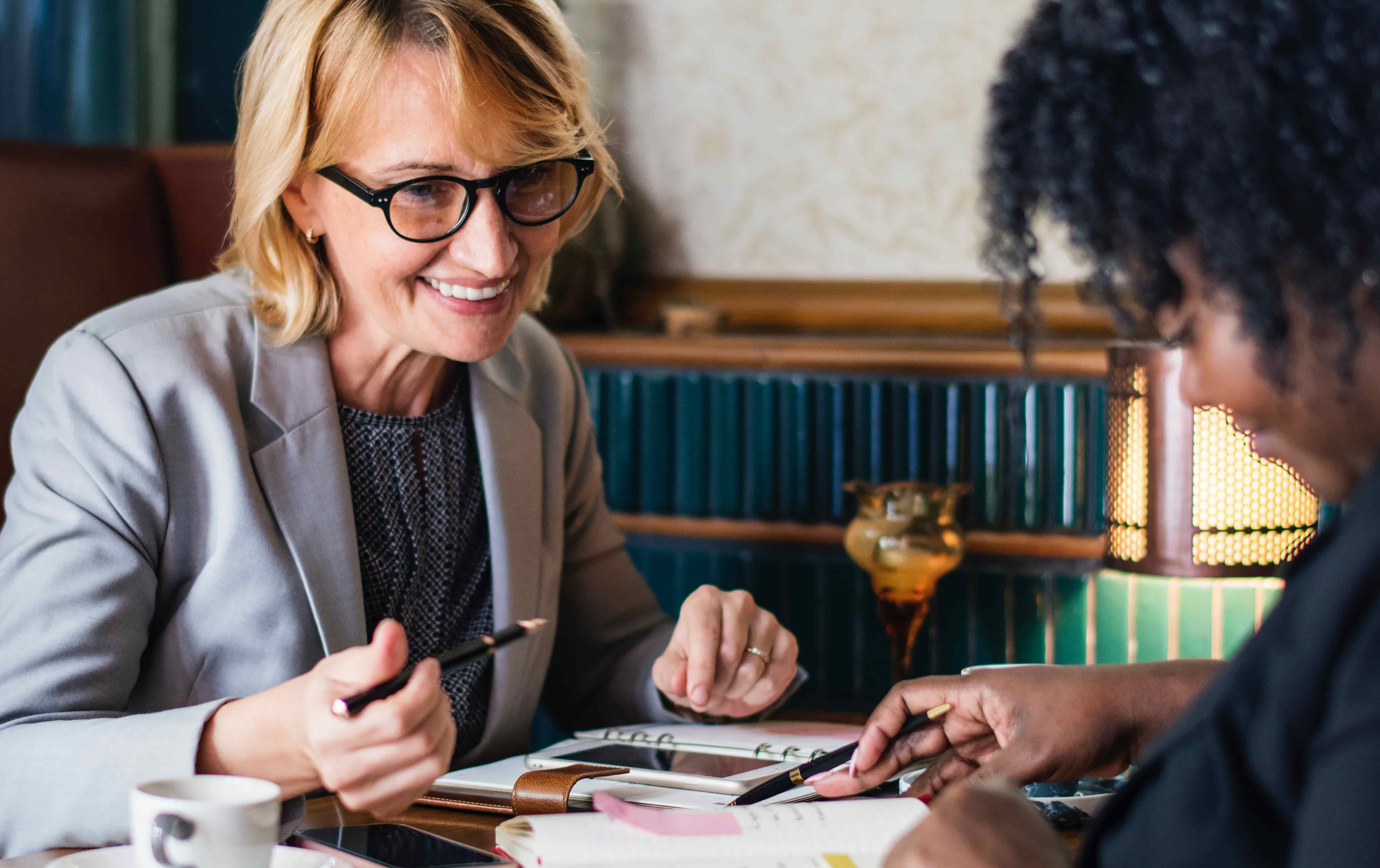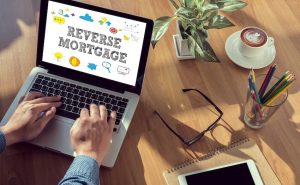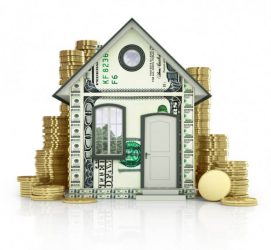What is the Downside of a Reverse Mortgage?
The biggest downside of a reverse mortgage and which probably causes the most confusion and misunderstanding is when the mortgaged property goes “upside down.” That means, as time goes by, the borrower reaches a point where he or she owes more money than the house is worth. Once you learn about this you think to yourself, is a reverse mortgage a good thing?
Ironically, a lot of people who had forward or regular mortgages during the Great Recession went upside down when property values plummeted. An example would be your house is worth $400,000 but you owe the bank $450,000, hence, you are upside down. Because of the way a “reverse” loan is structured and paid back, it is easier for a borrower to become upside down with a reverse mortgage than with a forward mortgage.
Loan to Value Ratio
However, it is still unlikely this will occur because of how conservative reverse loans are. By conservative we mean the loan to value ratio (LTV – how much you borrow compared to how much the property is worth) with a reverse mortgage it’s LOW and therefore plenty of equity is leftover for the homeowner when the loan balance increases (instead of decreases).
Why Does The Loan Balance Increase?
The loan balance increases because the borrower is not required to make monthly payments on the loan but the interest continues to accrue. And this unique scenario is precisely the reason which propel reverse mortgage critics to proclaim that once you get a reverse mortgage the bank owns the property. In reality, of course, the bank does not own the house but – and this is critical – if the property does become upside down it might be easier for next of kin to pay off the loan when the loan is due by simply deeding over the property to the lender instead of selling the property and paying the loan back that way. This contractual exchange is called “a deed in lieu.”
Again, this is an instrument that would only be considered if the property is upside down. It is not mandatory by any means and many people still choose other methods to pay off the loan. And because a reverse mortgage is a “non recourse” loan, the borrower or the next of kin NEVER OWES MORE THAN WHAT THE PROPERTY IS WORTH at the time the loan is due. That means if the property is worth $400,000 and the outstanding balance on the loan is $450,000, the next of kin still only owes a little less than $400,000 or 95 percent of the current value of the house. This is possible because FHA insures the loan and pays the lender the balance of what is owed.
Final Thoughts
In summary, most things usually have both pros and cons so it’s important to weigh what are the pros and cons of a reverse mortgage for your situation. And when it comes to the cons of a reverse mortgage, the biggest downside is losing equity in your property. However, losing equity does not mean the “bank owns the home.” You still own your home or your next of kin will still own your home. But if you have a reverse mortgage, there is a greater chance that your house can become upside down. To help determine if this product is worth considering for your specific needs check out some more reverse mortgage facts. Here at Reverse Your Mortgage we have over ten years’ experience and provide the lowest rates in the country.

Samantha has been helping folks with their reverse mortgages for over 20 years. If you have any questions about our financial services, including whether or not a reverse mortgage is right for you, then please contact us today.




